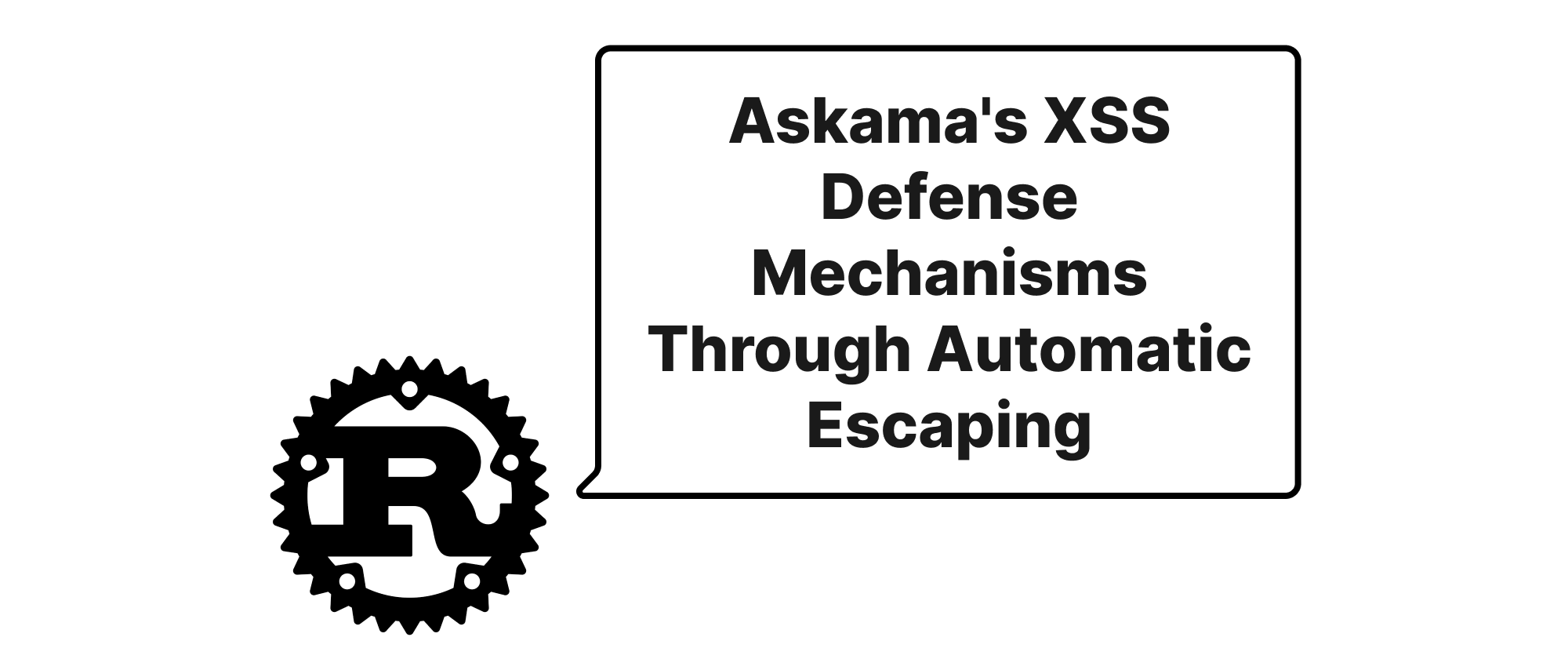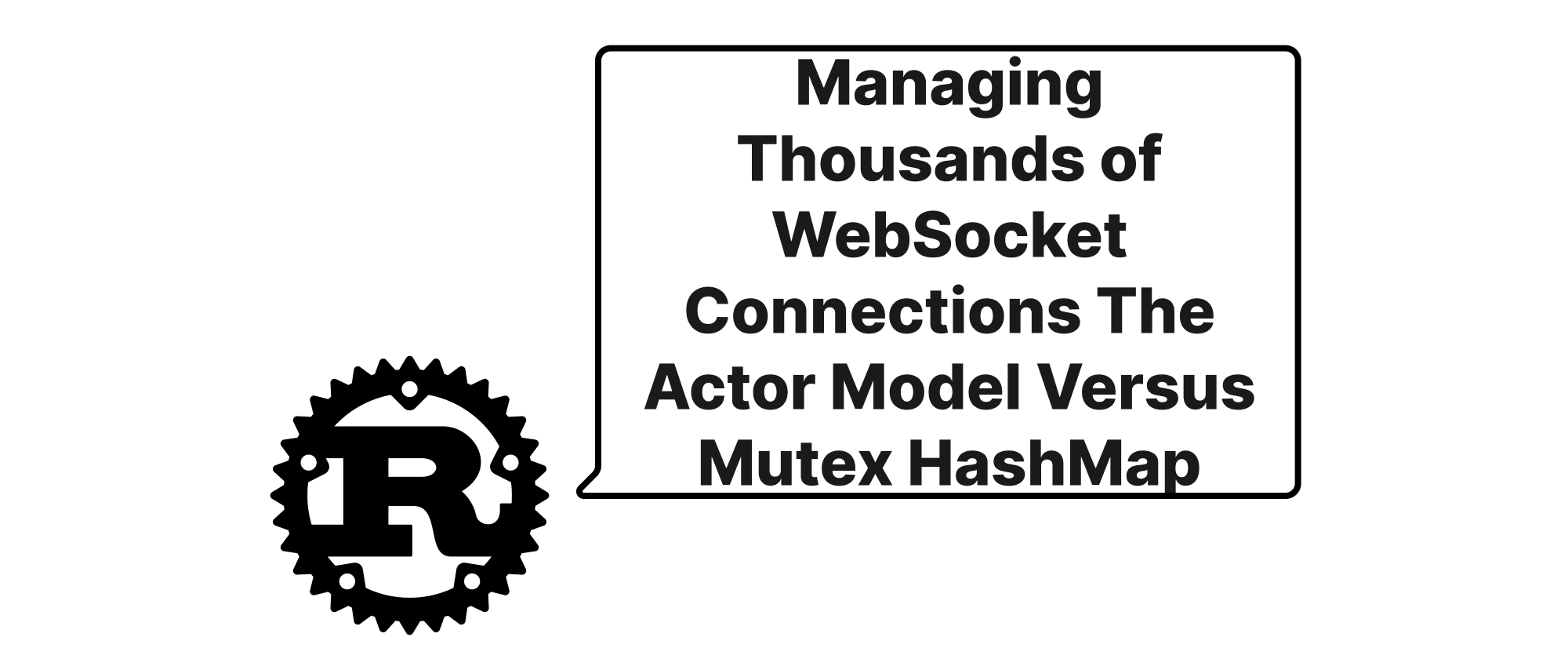Askama's XSS Defense Mechanisms Through Automatic Escaping
Ethan Miller
Product Engineer · Leapcell

Introduction
In the landscape of web development, security remains a paramount concern. Among the myriad of vulnerabilities, Cross-Site Scripting (XSS) stands out as one of the most prevalent and insidious. XSS attacks allow malicious actors to inject client-side scripts into web pages viewed by other users, leading to session hijacking, data theft, or even defacement of websites. As Rust gains traction for building high-performance and reliable web services, developers naturally seek robust templating solutions that inherently address these security challenges. This is where Askama, a powerful Jinja-like templating engine for Rust, shines. Askama doesn't merely render templates; it actively contributes to the security posture of your application by preventing XSS through its intelligent automatic escaping mechanisms. Understanding how Askama achieves this is crucial for any Rust developer building secure web applications.
Core Concepts
Before diving into Askama's specific implementation, let's establish some core terminologies that will be frequently referenced:
- Cross-Site Scripting (XSS): A type of security vulnerability that enables attackers to inject malicious client-side scripts into web pages viewed by other users.
- Automatic Escaping: The process by which a templating engine automatically converts special characters in user-provided data into their safe HTML entity equivalents, preventing them from being interpreted as executable code.
- Contextual Escaping: A more sophisticated form of escaping where the escaping rules are applied based on the specific HTML context in which the data is being rendered (e.g., inside an HTML tag, an attribute, or a JavaScript block).
- Template Engine: Software designed to combine a template with a data model to produce output documents, often used for generating HTML.
- Jinja-like Syntax: Refers to templating syntax that shares similarities with the Jinja2 template engine, characterized by
{{ expression }}for displaying data and{% control_flow %}for logic.
Askama's XSS Prevention Through Automatic Escaping
Askama's primary line of defense against XSS attacks is its default automatic escaping. By default, any data interpolated into an Askama template using the {{ ... }} syntax is HTML-escaped. This means that characters like <, >, &, ", and ' are automatically converted into their respective HTML entities (<, >, &, ", '). This transformation is fundamental because it prevents the browser from interpreting these characters as part of HTML tags or script elements, neutralizing potential injection points.
Let's illustrate this with a practical example. Imagine a scenario where a user submits a comment containing malicious JavaScript:
<script>alert('XSS Attack!');</script>
If this comment were rendered directly into an HTML page without escaping, it would execute the JavaScript, potentially compromising user sessions.
Here's how Askama handles it:
// src/main.rs use askama::Template; #[derive(Template)] #[template(path = "comment.html")] struct CommentTemplate<'a> { user_comment: &'a str, } fn main() { let malicious_comment = "<script>alert('XSS Attack!');</script>"; let template = CommentTemplate { user_comment: malicious_comment }; match template.render() { Ok(output) => println!("{}", output), Err(e) => eprintln!("Error rendering template: {}", e), } }
<!-- templates/comment.html --> <p>User comment: {{ user_comment }}</p>
When you run this Rust code, the output will be:
<p>User comment: <script>alert('XSS Attack!');</script></p>
Notice how the script tags and the single quote have been safely escaped. The browser will render this as plain text, effectively neutralizing the XSS payload.
When to Bypass Escaping
While automatic escaping is crucial, there are legitimate scenarios where you might want to render pre-formatted or trusted HTML. Askama provides a way to mark content as "safe" and prevent it from being escaped. This should be used with extreme caution and only when you are absolutely certain that the content originates from a trusted source and is already sanitized.
You can mark content as raw using the |safe filter:
<!-- templates/raw_content.html --> <p>Trusted HTML: {{ trusted_html | safe }}</p>
// src/main.rs use askama::Template; #[derive(Template)] #[template(path = "raw_content.html")] struct RawContentTemplate<'a> { trusted_html: &'a str, } fn main() { // This HTML is assumed to be safe and pre-sanitized by the application logic. let safe_html = "<strong>This is trusted bold text.</strong>"; let template = RawContentTemplate { trusted_html: safe_html }; match template.render() { Ok(output) => println!("{}", output), Err(e) => eprintln!("Error rendering template: {}", e), } }
The output would be:
<p>Trusted HTML: <strong>This is trusted bold text.</strong></p>
Here, the <strong> tags are rendered as actual HTML because we explicitly told Askama that trusted_html is safe. Misusing |safe is a common cause for XSS vulnerabilities. Always ensure that any data passed with |safe has been thoroughly validated and sanitized upstream.
Contextual Escaping and Future Enhancements
While Askama's default HTML escaping is highly effective, advanced template engines sometimes implement contextual escaping, where the escaping rules adapt based on the HTML context (e.g., inside an href attribute, a JavaScript block, or a CSS style attribute). This offers even finer-grained protection against more sophisticated XSS vectors.
As of its current stable versions, Askama primarily focuses on robust HTML escaping for embedded data. However, the Rust web ecosystem is continuously evolving, and features like more explicit contextual escaping hints or compile-time checks for common XSS patterns in different contexts could be areas for future exploration or community contributions. For attributes and other contexts that might require different escaping rules, developers are advised to be mindful and apply appropriate manual sanitization or use dedicated libraries if |safe is used.
Conclusion
Askama significantly bolsters the security of Rust web applications by providing robust automatic HTML escaping by default. This fundamental mechanism effectively neutralizes most common XSS attack vectors by transforming potentially harmful characters into inert HTML entities. While the |safe filter offers flexibility for rendering trusted content, its use demands rigorous scrutiny and prior sanitization. By embracing Askama's secure-by-default approach, developers can build more resilient and trustworthy web applications, minimizing the risk of Cross-Site Scripting vulnerabilities. Always assume user input is malicious and let Askama handle the escaping for a safer web.


